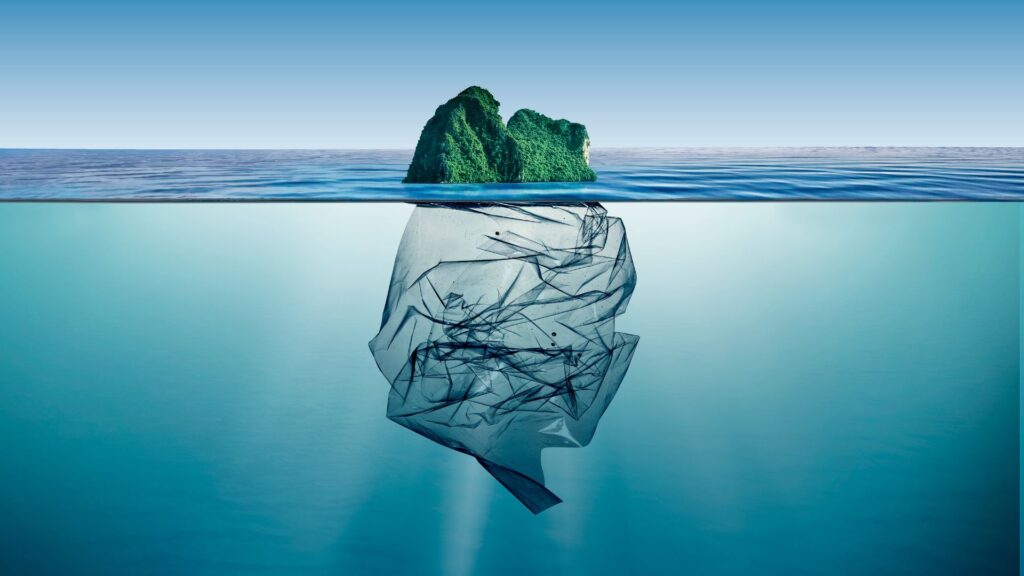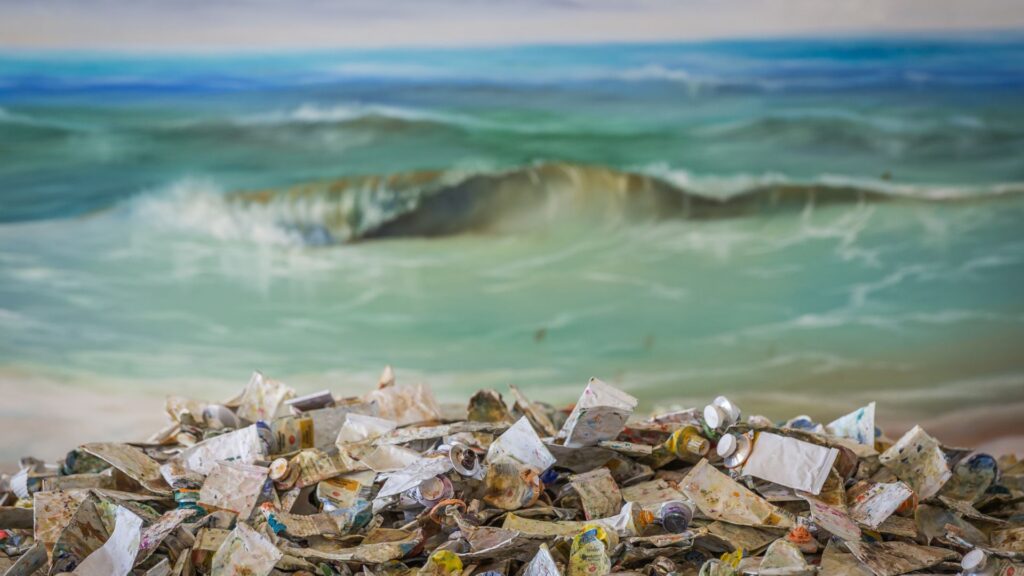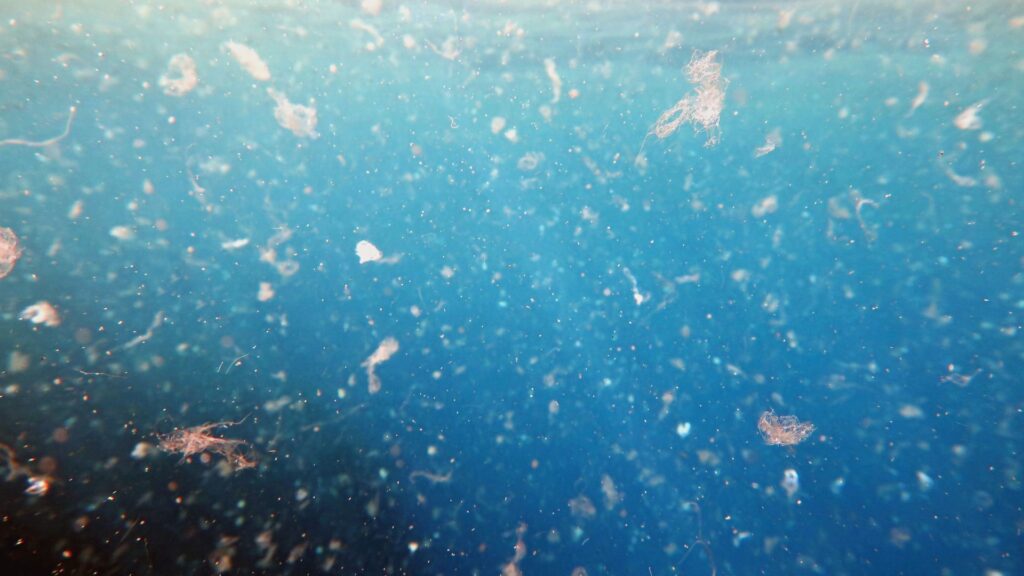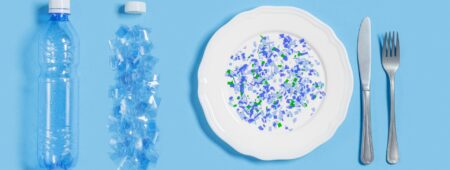The Great Pacific Garbage Patch - a threat to oceans and marine life
The Great Pacific Garbage Patch is one of the world's most alarming pollutants. This pollution poses a serious threat to marine life and ecosystems.
The Great Pacific Garbage Patch is one of the world's most alarming pollutants. This pollution poses a serious threat to marine life and ecosystems.
In this article, we explain what exactly the Great Garbage Patch is, where it came from and the dangers it poses.

What is the Great Pacific Garbage Patch?
The Great Pacific Garbage Patch is the world's largest concentration of plastic floating on the surface of the ocean. It is often mistakenly referred to as an 'island' - in fact, it has no compact structure, but consists of scattered, drifting waste.
It was first discovered by Charles Moore in 1997 during a cruise through the North Pacific.
Scale of the problem
More than 2 million tonnes of plastic end up in the oceans every year. Because most of it is lighter than water, it does not sink, but drifts to where ocean currents collect the waste in so-called ocean eddies.
Both the size and depth of the Great Pacific Garbage Patch continue to grow as pieces of plastic from all corners of the world are constantly coming in.
The stain is estimated to be 1.6 million square kilometres in size - as much as three times the size of France. According to 2022 data collected by The Ocean Cleanup Foundation, the Great Stain weighs about 100,000 tonnes and contains more than 1.8 trillion plastic elements.

Where is it located and how big is the Great Pacific Garbage Patch?
The spot is located in the northern Pacific Ocean, between California and Hawaii. However, it should be noted that its location is constantly changing, as it is dependent on ocean currents and winds.
Because of the vast area it occupies, it is difficult to photograph. In fact, it resembles a "soup of plastic" - millions of pieces of waste of various sizes drift just below the surface of the water.
Composition and sources of litter
The main component of the Great Stain is plastic - bottles, commercials, packaging, as well as microplastics, which are plastic particles smaller than 5 millimetres in diameter, formed by the breakdown of larger items when exposed to UV light, water and temperature. Microplastics pose a particular threat because they are sometimes mistaken for food by fish, birds and other marine organisms.
In addition to plastic, fishing nets, buoys, ropes, floats and even ship parts were also detected in the stain. Fishing nets were found to account for as much as 46% of the Great Stain's mass.
Research by The Ocean Clenup found that two-thirds of the plastic here comes from Japan and China. A significant portion also arrives from Taiwan, South Korea, Canada and the United States.

Risks to the environment and marine fauna
The Great Stain is a real threat to oceanic biota. Plastic waste affects the entire food chain. Organisms living in the oceans often mistake plastic for food, leading to their death by suffocation, blockage of the digestive system or chemical poisoning.
According to research by The Ocean Cleanup:
- As many as 900 marine species came into contact with the waste,
- 92% of the litter encountered by animals is plastic,
- 17% of these species are endangered according to the IUCN Red List.
Fishing nets drifting in the water often lead to entanglement of animals, such as turtles. Plastic also carries coastal organisms into the open oceans, which can lead to new invasive ecosystems.

Actions and initiatives to counter the problem
One of the most important organisations fighting the Great Garbage Patch is The Ocean Cleanup, a foundation set up in 2013 by Dutch inventor Boyan Slat. The foundation creates drift barriers that use ocean currents to collect plastic from the ocean. This waste is then transported to land and recycled. In 2024, the foundation removed more than 11 million kilograms of trash and declares that the stain can be almost completely removed in the next 10 years.
The Ocean Cleanup also works on rivers, which are the source of as much as 80% of plastic entering the oceans. Cleanup systems are in operation in Indonesia, Vietnam and Malaysia, among others.
In addition to The Ocean Cleanup, many organisations and governments are taking action to reduce plastic. For example, Greenpeace is running educational campaigns and the European Union has banned the sale of some single-use plastic products, such as straws, in 2021.
Local initiatives also play a major role. Beach clean-ups are organised in many cities around the world with the aim of raising awareness among the public and contributing to the cleaning of the oceans.



